See how e-point CMS can improve your team’s daily work. Read what else the system has to offer and book a personalized demo.
How to Optimize Conversion Rate in a Heavily Regulated Financial Industry
11 Feb 2025 / 3min
In the era of digital transformation in financial services, conversion rate optimization has become a critical factor in gaining an advantage. However, in regulated industries, this process faces various complex challenges. Understanding and properly addressing these challenges can determine whether an organization succeeds in the digital world
Balancing business needs with regulatory requirements, while maintaining a high-quality customer experience, has become especially important.
What Conversion Rate Means in the Financial Industry
Unlike traditional e-commerce, where a conversion typically means a completed purchase, in banking and insurance, the process is far more complex. Conversion can take many forms depending on the business context and the nature of the product. For credit products, it may be the successful completion of an online loan application; for personal accounts, it’s the customer navigating the KYC process; and for investment products, it might mean scheduling a consultation with an advisor.
This variety of definitions is the first major challenge in the optimization process. Organizations must not only clearly define what constitutes a conversion for each product or service, but also understand how the various types of conversions interconnect along the broader customer journey.
The Challenge of Measuring Conversion
The difficulty in effectively measuring conversion rate often starts at the organizational level. Key challenges in this area include:
- Lack of dedicated analytics teams who can systematically work on optimization
- Fragmented responsibility across departments makes it difficult to manage the process coherently
- The need for coordination between business, IT, and compliance teams
- Long decision-making cycles due to security and regulatory requirements
Accurate conversion tracking requires not just the right tools but also a clear distribution of responsibilities and efficient decision-making processes that enable teams to respond quickly to identified issues.
Technological and Regulatory Challenges
Data fragmentation and integration difficulties are among the primary barriers to digital transformation in financial institutions. Effective conversion rate optimization (CRO) tools must offer easy integration with existing CMS platforms to ensure data consistency across the organization.
Equally important is the ability to rapidly launch A/B tests without deep changes to source code, allowing business teams to independently run experiments and optimization. Additionally, as noted by KPMG, artificial intelligence (AI) opens new opportunities for the financial sector by improving the processes and enabling personalized product offerings, which are crucial for optimizing conversion.
Compliance with legal and regulatory requirements is especially critical in the financial industry. CRO tools must not only meet strict sector-specific regulations but also provide the highest level of data security while maintaining the flexibility needed to make changes.
Properly integrated optimization tools thus become a catalyst for change in the organization, accelerating the process of digital transformation and building a data-driven culture.
The Strategic Value of Conversion Optimization
Investing in CRO tools goes far beyond traditional efforts to improve sales metrics. The experience of leading financial institutions shows that a systematic approach to conversion optimization delivers benefits at both the operational and strategic levels.
On the operational side, organizations report a significant reduction in abandoned loan applications and decreased pressure on help desk teams thanks to better-designed processes. The pace of implementing changes also improves, which allows faster responses to identified issues and evolving customer needs.
However, the true value of conversion rate optimization is revealed at the strategic level.
|
Systematic testing and process optimization lead to building a data-driven organizational culture, where business decisions are based on hard metrics rather than intuition. |
This improves an organization’s ability to quickly adapt to changing customer expectations, which is essential given the growing competition from fintechs and other market players.
A Foundation for Competitive Advantage in the Digital Era
Today’s financial services are digitalizing themselves super fast, where a well-executed digital transformation can significantly increase a company’s market value, and effective conversion rate optimization becomes a cornerstone of competitive advantage.
Organizations that treat conversion optimization as a strategic component of their digital transformation not only achieve greater operational efficiency. They also build a new model of working, one where responsiveness to customer needs, continuous learning, and data-driven decision-making are defining strengths.
In a world where customer expectations are rising exponentially and traditional boundaries within the financial industry are blurring, the ability to optimize digital experiences effectively may well determine an organization’s future success.
The key to that success lies in choosing the right tools and technology partners, those who understand the realities of a regulated industry and can combine innovation with the highest standards of security.

